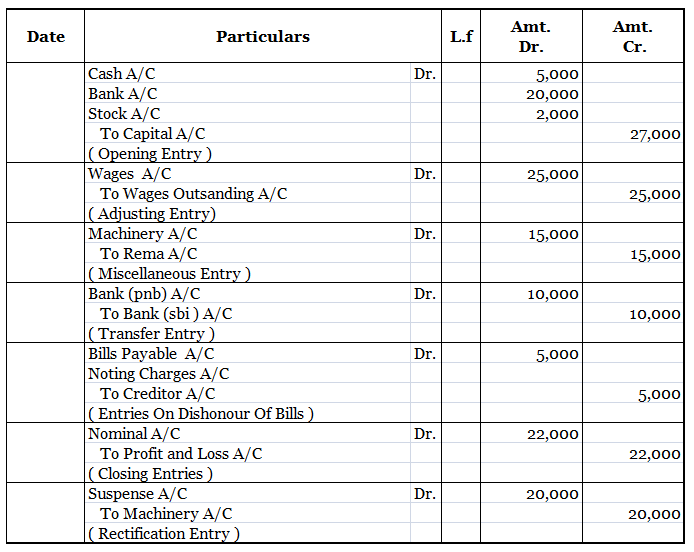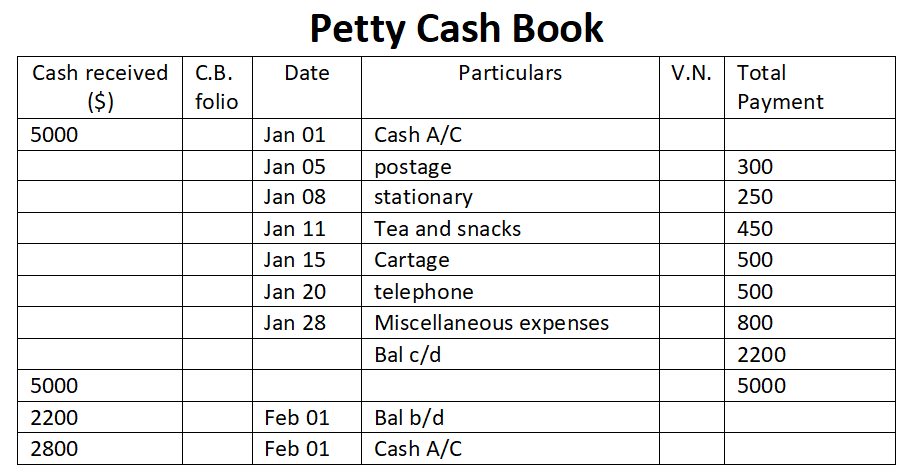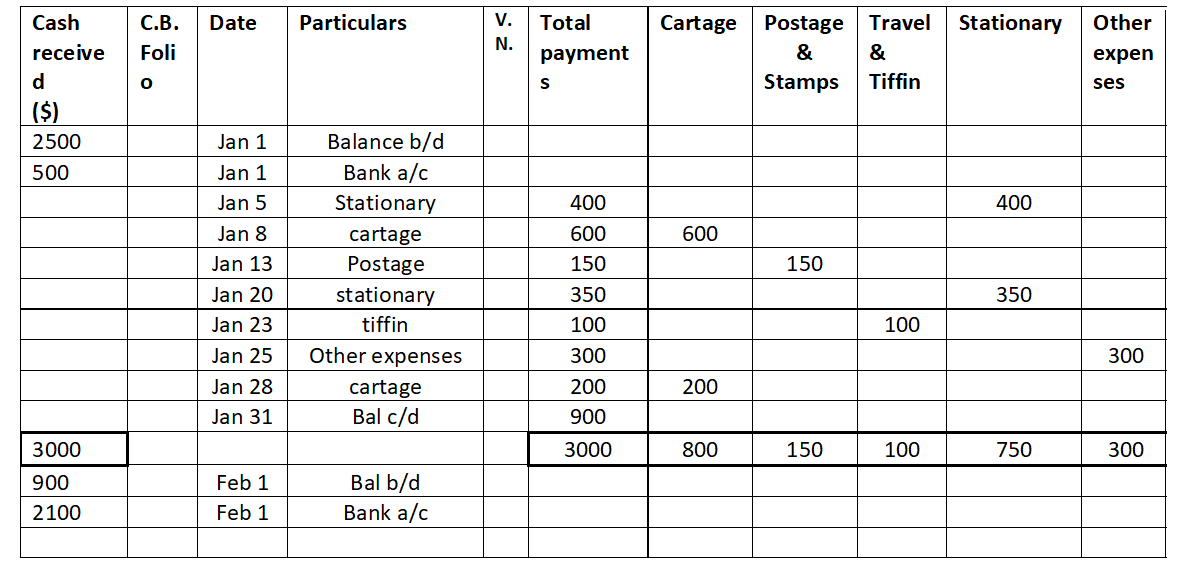A Realisation account is prepared at the time of dissolution of the Partnership firm to ascertain profit or loss from the sale of assets and payment of liabilities of the firm. All assets that can be converted into cash (i.e. from which any value can be realised) and all external liabilities to be pRead more
A Realisation account is prepared at the time of dissolution of the Partnership firm to ascertain profit or loss from the sale of assets and payment of liabilities of the firm. All assets that can be converted into cash (i.e. from which any value can be realised) and all external liabilities to be paid are transferred to the Realisation A/c.
So, Cash and Bank (already in liquid form), fictitious assets (doesn’t have any value to be realised), Partner’s Loan (internal liability) and Undistributed profits (not something that can be realised) are not included in the Realisation account.
DISSOLUTION OF PARTNERSHIP FIRM
It means the firm closes down its business and comes to an end. Simply, it means the firm will cease to exist in the future. As the firm is closing down, its assets are sold, liabilities are paid off, and the remaining amount (if any) is distributed among the partners.
REALISATION ACCOUNT
This account is prepared only once, at the time of dissolution of the Partnership firm. It is opened to dispose of all the assets of the firm and make payments to all the external creditors of the firm.
It ascertains the profit earned or loss incurred on the realisation of assets and payment of liabilities.
Items not included in Realisation A/c
1. ASSETS
CASH AND BANK BALANCES are not included in the Realisation account as the purpose of the Realisation account is to sell assets to realise cash, but cash and bank are already in liquid form and thus, not included.
These are directly used for the payment of liabilities and if there is any remaining amount, then that amount is distributed among the partners.
FICTITIOUS ASSETS are huge expenses or losses that are written off over the years by writing off a portion of it every year for the next few years like accumulated losses, balance of Advertisement expenses, Preliminary expenses, Loss on the issue of Debentures, etc. They don’t have any physical existence or realisable value.
Since nothing can be realised from these assets they are not included in the Realisation account. These are transferred to the Partner’s Capital A/c.
2. LIABILITIES
PARTNER’S LOAN refers to the loan given to the firm by any partner of the firm.
Suppose, there are three Partners A, B and C. ‘C’ gave the firm a loan of $5,000. This $5,000 will be recorded as a Partner’s Loan and not just as a normal loan taken from an external party.
Since, Partner’s Loans are the internal obligation of the firm, they are not included in the realisation account instead a separate account is prepared to settle Partner’s Loan after all external liabilities are settled.
So, we can say in the Realisation account only external liabilities are included and paid.
UNDISTRIBUTED PROFITS are the Profits that are not distributed among the Partners like General Reserve, Reserve Fund, and Credit balance of P&L A/c.
They are not included in the realisation account as they can’t be sold as an asset neither they are any liabilities that should be paid. Undistributed profits belong to the Partners of the firm and thus, are transferred to Partner’s capital A/c.
See less





There are three types of businesses that can be commenced, they are sole proprietorship, partnership, and joint-stock company. As we all know, to start any business a certain sum of money has to be invested by the owner which is known as the capital of the business in terms of accounting. In companiRead more
There are three types of businesses that can be commenced, they are sole proprietorship, partnership, and joint-stock company. As we all know, to start any business a certain sum of money has to be invested by the owner which is known as the capital of the business in terms of accounting.
In companies, commencement is a declaration issued by the company’s directors with the registrar stating that the subscribers of the company have paid the amount agreed. In a sole proprietorship, the business can be commenced with the introduction of any asset such as cash, stock, furniture, etc.
Journal entry
In the journal entry, “Started business with Cash”
As per the golden rules of accounting, the cash a/c is debited because we bring in cash to the business, and as the rule says “debit what comes in, credit what goes out.” Whereas the capital a/c is credited because “debit all expenses and losses, credit all incomes and gains”
As per modern rules of accounting, cash a/c is debited as cash is a current asset, and assets are debited when they increase. Whereas, on the increment on liabilities, they are credited, therefore, capital a/c is credited.
Therefore, the entry we’ll be passing is-
See less